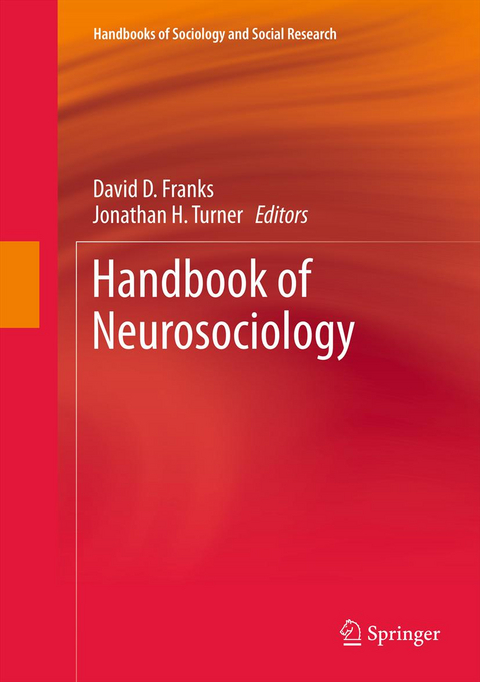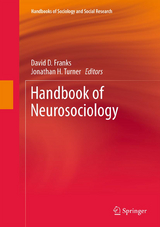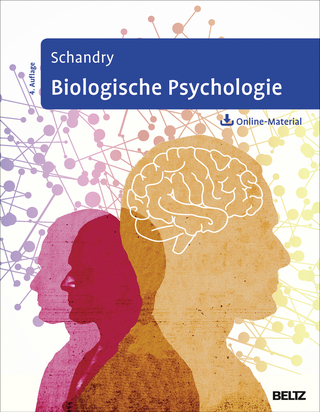Handbook of Neurosociology
Professor David D. Franks is a Professor of Sociology, who in 1972 received a large Grant from NIE to study the different effects of "open" and traditional Kansas City high schools on self-esteem and the development of personal autonomy. He was also granted tenure and promoted at that time. He served as chair of the faculty grievance committee and as president of the Faculty Senate. In the summer of 1977 he accepted a position as chair of the department at VCU. In the early 80s, after writing on the usefulness of symbolic interaction in studying a social systems understanding of rape and partner abuse, he worked to develop a new sub-specialty in the Sociology of Emotions. This involved writing articles arguing for the social nature of something that had hitherto for been viewed as exclusively psychological. To this end he was also involved in editing guest issues of journals and an annual hard-back series, Social Perspectives on emotions, as well as several other volumes demonstrating the utility of the sub-field. He was also on numerous steering committees and chaired offices in the early days of the subsection. In the early 80s and early 90s he was vice president of the symbolic interaction national society. He has presented papers at national meetings with Dr. Lyng of this department on the importance of keeping a coherent idea of objectivity in our approaches to the social construction of reality and applying sociology to real world problems. Dr. Franks retired and was appointed Professor Emeritus in 2001. Jonathan H. Turner is a professor of sociology at University of California, Riverside. After receiving his PhD from Cornell University in 1968, since the academic year 1969-1970 he has been at UCR. He has been Faculty Research Lecturer at UCR, and in the profession, he has been president of the Pacific Sociological Association and California Sociological Association. He is also a Fellow of the American Association for the Advancement of Science. He has lectured widely all over the world, and he has been a visiting professor at Cambridge University, UK, Universitat Bremen, Germany, Universitat Bielefeld, German, Shandong University and Nan Kai University, Peoples Republic at China. He is known as a general theorist of sociology, although he has a number of specialities: the sociology of emotions, ethnic relations, social institutions, social stratification, and bio-sociology. He is an author of several books, including textbooks, and articles.
Forward Douglas Massey.- Chapter 1. Introduction: Summaries and Comments; David D. Franks and Jonathan H. Turner.- PART I. LARGE ISSUES.- Chapter 2: Neural Social Science; George Lakoff.- Chapter 3: Why We Need Neurosociology as Well as Social Neuroscience; David D. Franks.- Chapter 4: Social Cognitions and the Problems of Minds; John Shook.- Chapter 5: Social Neuroscience of Human Aggression: Genetic, Hormonal and Neural Underpinnings; Pranjal Metha, Stefan Geotz and Justin Carre.- Chapter 6: Social Neuroscience and the Modern Synthesis of Social and Biological Levels of Analysis; Greg J. Norman, Louise C. Hawkley, Maike Luman, John T. Cacioppo and Gary G. Berntson.- Chapter 7: Can the Two Cultures Reconcile? Reconstruction and Neuropragmatism; Tibor Solymoski.- Chapter 8: Notes Towards a Neuroethics; David D. Franks.- Chapter 9: Emergence in Sociology and Neuroscience; David D. Franks.- PART II. NEUROLOGY, SELF, INTERACTION, AND SOCIALITY.- Chapter 10: Neurology and Interpersonal Behavior: The Basic Challenge for Nuerosociology; Jonathan H. Turner.- Chapter 11: Neurology Supports of G. H. Mead and Relations to Symbolic Interaction; David D. Franks.- Chapter 12: What are the Neurobiological Foundations of Identities and Identity Related Processes; Richard Niemeyer.- Chapter 13: The Emergent Self: How Distributed Neural Networks Support Self-Representations; Istvan Molnar-Szakacs and Lucina Uddin.- Chapter 14: The Human Mirror Neuron System, Social Control and Language; Shook-Lei Liew and Lisa Aziz- Zadeh.- Chapter 15: A Neurosociological Theory of Weberian Rationality: Its Cognitive, Conative, and Neurobiological Foundations; Warren D. TenHouten.- Chapter 16: Theory of Mind; Rosemary Hopcroft.- Chapter 17: Attachment, Interaction and Synchronization: How Innate Mechanisms in Attachment Give Rise to Emergent Structure in Networks and Communities; Thomas S. Smith.- PART III. EVOLUTION OF THE BRAIN.- Chapter 18: The Mind of a Hominin: An Evolutionary Story; Alexandra Maryanski.- Chapter 19: The Evolution of the Neurological Basis for Sociality; Jonathan H. Turner and Alexandra Maryanski.- Chapter 20: Neurophysiology of Rewards: Implications for Sociology; Michael Hammond.- PART IV. THE NEUROLOGY OF SOCIAL ISSUES AND PROBLEMS.- Chapter 21: The Effect of Persistent Poverty on the Brain; Jeffery Davis.- Chapter 22: Prejudice, and Stereotyping; Todd Nelson.- Chapter 23: Testosterone, Dominance and Violence; Allan Mazur.- Chapter 24: Comprehending the Neurological Substratum of Paraverbal Communications: The Invention of SplitSpec Technology; Stanford Gregory and William Kalkhoff.- Chapter 25: Neurosociology and Mental Health, by Anne Eisenberg.
| Reihe/Serie | Handbooks of Sociology and Social Research |
|---|---|
| Zusatzinfo | 21 Illustrations, black and white; XII, 406 p. 21 illus. |
| Verlagsort | Dordrecht |
| Sprache | englisch |
| Maße | 178 x 254 mm |
| Themenwelt | Geisteswissenschaften ► Psychologie ► Biopsychologie / Neurowissenschaften |
| Medizin / Pharmazie ► Medizinische Fachgebiete ► Neurologie | |
| Sozialwissenschaften ► Soziologie | |
| ISBN-10 | 94-007-4472-2 / 9400744722 |
| ISBN-13 | 978-94-007-4472-1 / 9789400744721 |
| Zustand | Neuware |
| Haben Sie eine Frage zum Produkt? |
aus dem Bereich




